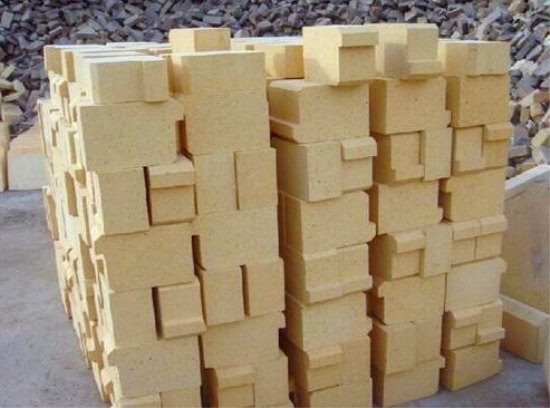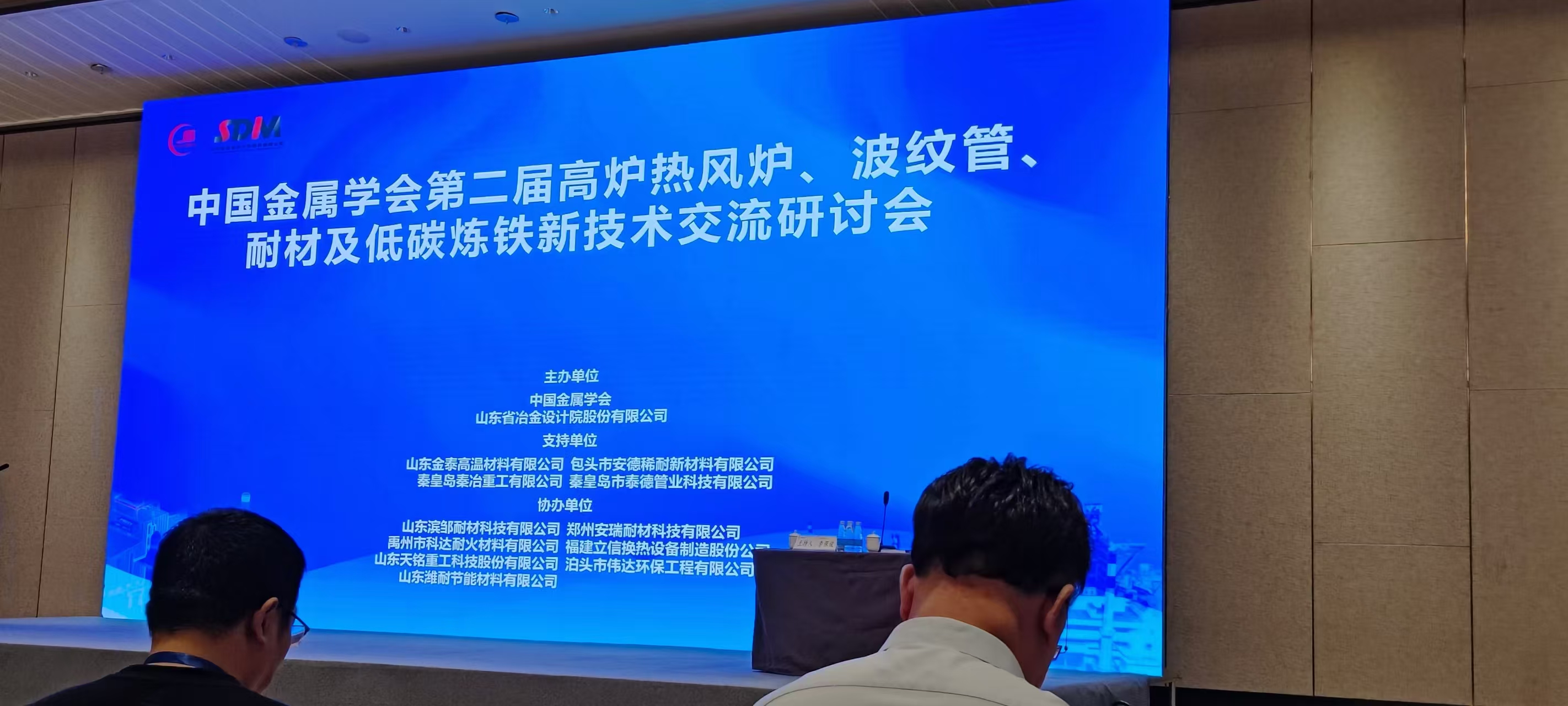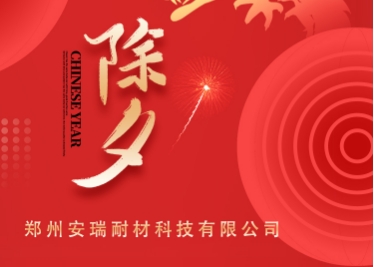What are the common types of lightweight insulating refractory bricks on the market?
2020-04-30 15:34:33
We know that refractory bricks are the most sold products in the refractory market. After years of development, the market for light-weight insulation refractory bricks is growing. Many manufacturers are not clear about the types and main characteristics of the current market when buying light bricks. Today, Zhengzhou Anrui refractory will simply sort out the types of light-weight insulating refractory bricks for everyone.

Types and manufacturing process of light-weight heat-resistant refractory bricks Light-weight heat-resistant refractory bricks are block-shaped heat-insulating refractory products with thermal insulation properties inside the porous structure. Among them, the production and application of brick-shaped products are the most widely used, so they are also called light weight Insulation refractory brick. Lightweight heat-resistant refractory bricks can be divided into clay, silica, aluminum and mullite according to the raw materials used. Light-weight refractory bricks have low compressive strength, poor slag resistance and poor thermal shock resistance, and cannot be in direct contact with glass liquid or flame.
Lightweight mullite insulation brick
Lightweight mullite insulation bricks are heat-resistant refractory products made of mullite as the main raw material. Mullite insulation bricks have high temperature resistance, high strength, low thermal conductivity, direct contact with flame, and are suitable for lining various industrial furnaces.
Lightweight clay insulation brick
Lightweight clay insulation bricks are heat-resistant refractory products with A1203 content of 30%~48% made of refractory clay as the main raw material. The production process adopts burn-in addition method and foam method. Refractory clay, floating beads, refractory clay clinker are used as raw materials, combined with binder and sawdust, and after batching, mixing, molding, drying, and firing, a product with a bulk density of 0.3 to 1.5 g/cm3 is prepared. Light clay insulation bricks are widely used, mainly used in various industrial kilns, which are refractory materials for heat insulation layer without contact with melt and erosion gas. The use temperature is 1200~1400°C.
Lightweight silicon insulating brick
Lightweight silicon insulating bricks are heat-resistant refractory products with silica content of not less than 91%, made of silica as the main raw material. The light silicon thermal insulation brick has a bulk density of 0.9~l.lg/cm3, and its thermal conductivity is only half of that of ordinary silicon brick. It has good thermal shock resistance, and its load softening starting temperature can reach 1600°C, which is much higher than clay Quality insulation brick. Therefore, the maximum service temperature of silicon thermal insulation brick can reach 1550°C. Does not shrink at high temperatures, and even slightly expands.
Lightweight silicon bricks generally use crystalline quartzite as the raw material, and combustible materials such as coke, anthracite, sawdust, etc. are added to the batch material, or a porous structure is formed by the gas foaming method. Similar to the production industry of ordinary silicon bricks, some mineralizers (CaO, Fe203) are added to the ingredients to promote the conversion of quartz, and the waste paper pulp is used as a binder to make the bricks have a certain strength. When coke or anthracite is used as combustibles, since ash will be brought into Fe203 and Al2O3, no additional iron and phosphorus need to be added to the ingredients. When firing light-weight silicon bricks, a strong oxidizing flame should be maintained before 1200°C to completely burn out the additives.
Lightweight alumina insulation brick
Lightweight alumina insulation bricks are thermal insulation refractory products made of fused corundum, sintered alumina and industrial alumina as the main raw materials. There are two production processes: foam method and burn-in additive method.





